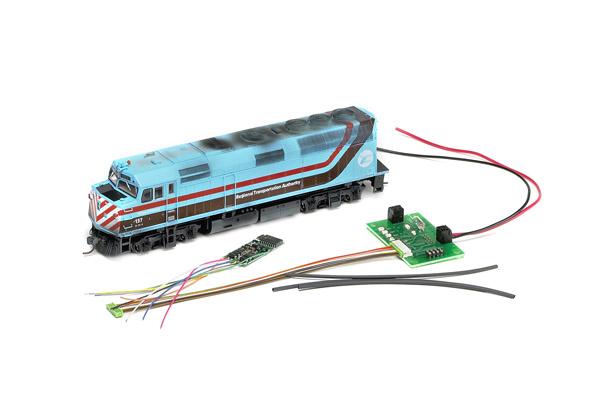
7 tips for installing decoders: I don’t know about you, but I have far less hobby time than I would like, so I need to spend what time I do have wisely. Installing Digital Command Control (DCC) decoders isn’t one of those projects I look forward to doing, but it’s a necessary task for operating […]
Read More…
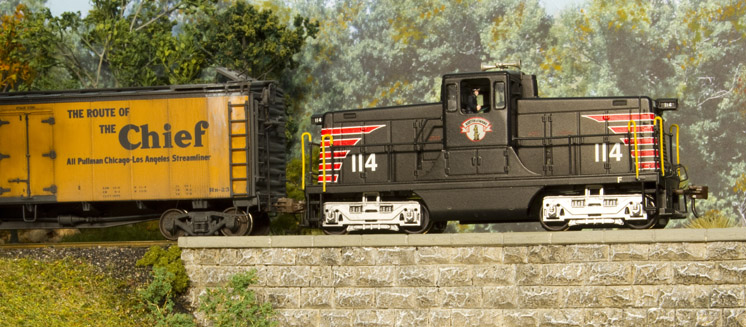
How to add DCC sound to a compact HO switcher: When Bachmann introduced an HO scale General Electric 44-ton switcher, I knew it would make a great addition to my Boston & Maine roster. The model includes a Digital Command Control (DCC) decoder, and I bought a version in the B&M livery. Out of the […]
Read More…
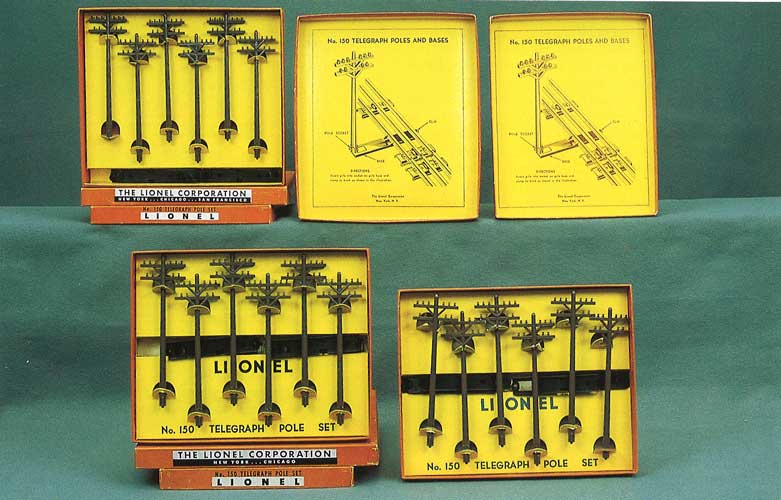
Buying collectible toy train items can be enjoyable and rewarding if you proceed carefully and patiently. Be sure to do your homework on them and the person or business selling them. Once you’ve established personal guidelines about what you want, do some research about the item and its value in different levels of condition. Price […]
Read More…
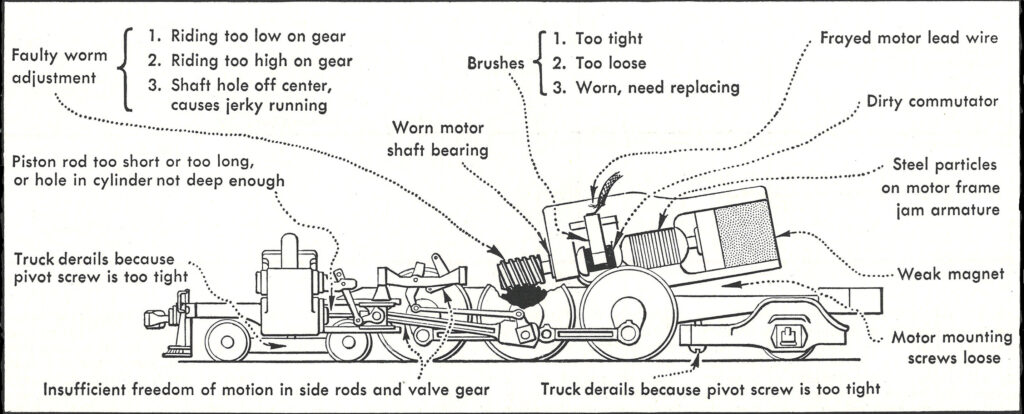
Model steam locomotive troubles and how to fix them: Compiled by John Page, Editor of the Model Railroader, in 1952. Many of the tips here address problems with open-frame motors and direct-current operation. However, many of the same gear and wheel-quartering issue still apply to locomotive models in any scale and manufacture. Model steam locomotive […]
Read More…

John Allen’s Locomotive Weathering Secrets: Digging through back issues of Model Railroader the other day, I came across a short article about John Allen’s techniques for weathering locomotives. The January 1964 article features the work of several modelers, including Bill McClanahan and John Allen, and provides some tips on their practices for painting and weathering […]
Read More…
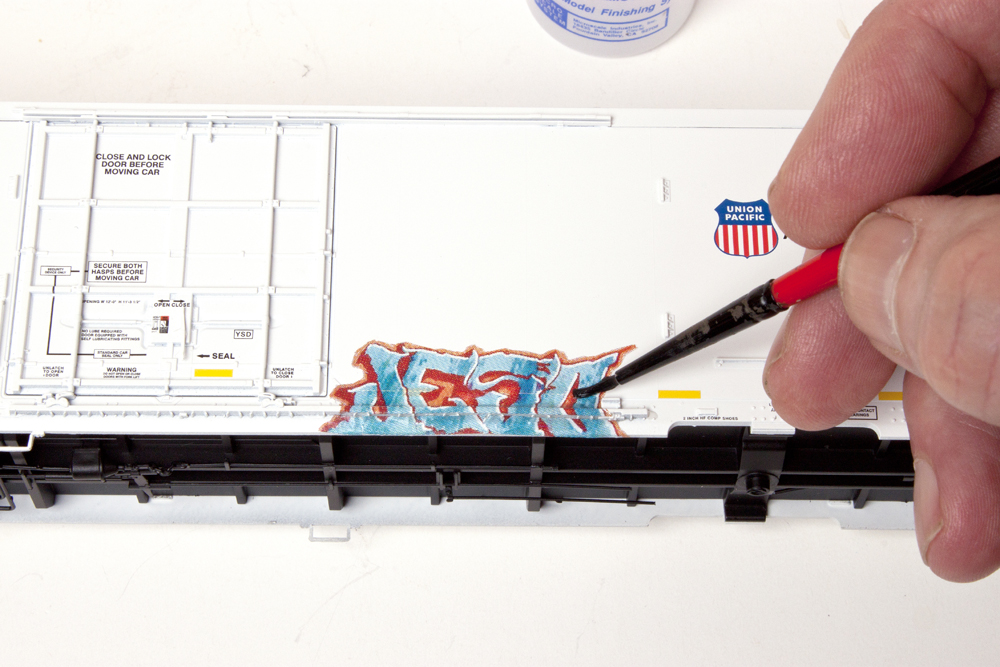
Many hobbyists strive to model freight cars accurately. Selecting the right doors, installing the correct hatch covers, and using the proper ladders and stirrup steps are just some of the things freight car enthusiasts focus on. Those re-creating earlier eras may even add chalk marks to the car sides. How to graffiti a freight car […]
Read More…
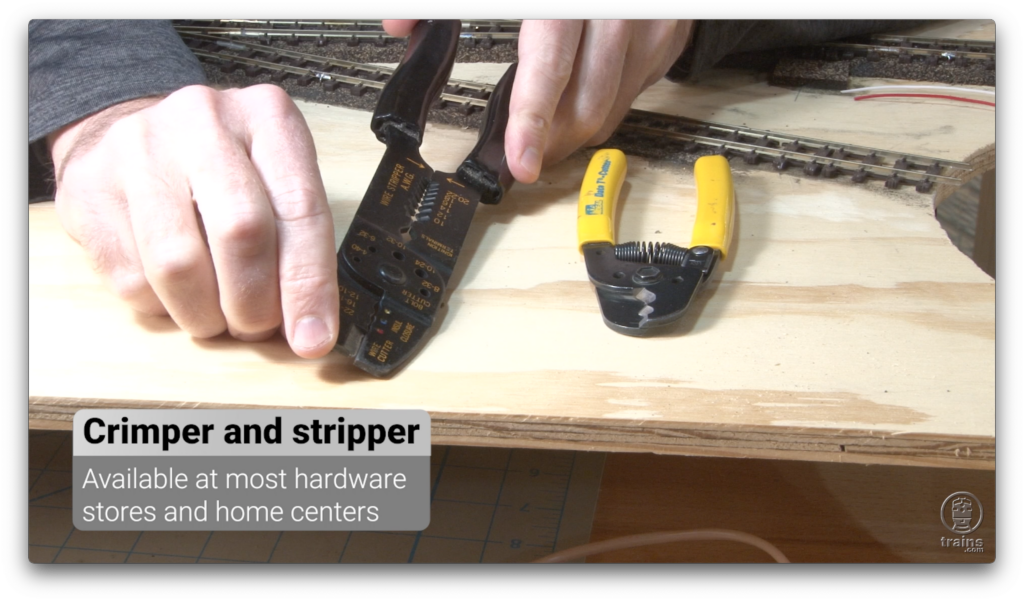
Working with wire cutters – Trains.com director David Popp demonstrates the application of wire cutters, crimpers and strippers in model railroading. A pair of wire cutters are an invaluable tool in wiring your model railroad, and David demonstrates the different usages for each tool as they relate to model railroading. You can read more about […]
Read More…
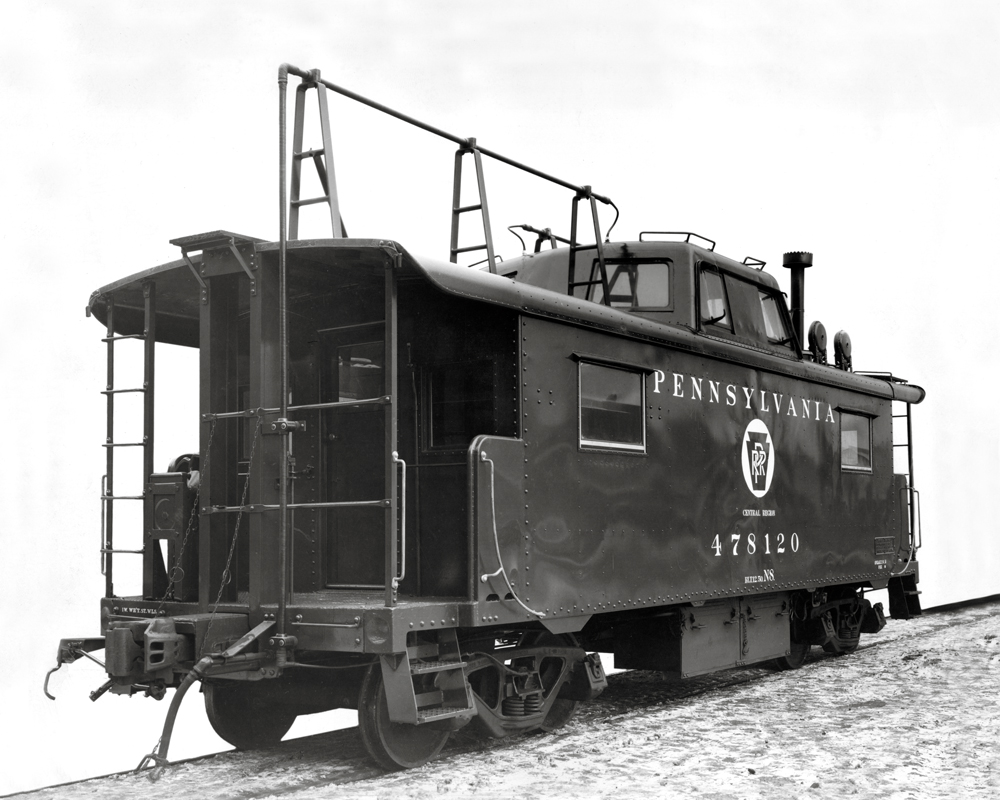
We’ll take a look at five details you can add to transition-era cabooses. Some details are railroad-specific, while others apply to many railroads. When in doubt, refer to prototype photos. The steam-to-diesel transition era, roughly 1940 to 1960, is the most popular modeling era. There are several reasons for this. Many people who model this […]
Read More…

Solder track feeder wires: Good feeder wires are an important part of building a reliable model railroad. Feeders are the small wires that connect the track to a layout’s power bus and ultimately to its control system. Whether you are using AC, DC, or Digital Command Control (DCC) to run your trains, you will need […]
Read More…
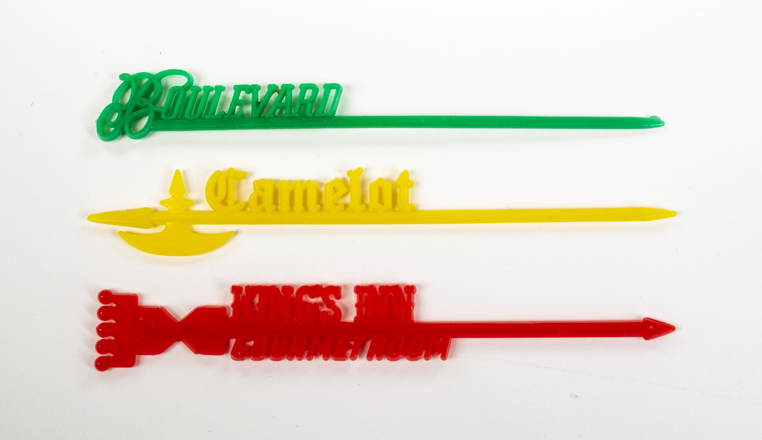
Signs from swizzle sticks: When my wife, kids, and I visited the General Store Antique Mall in Kewaskum, Wis., I wasn’t really thinking about model railroading (although I did run into a fellow modeler at the store). Instead, I planned on enjoying an hour or two browsing the dozens of booths in the two-story building […]
Read More…
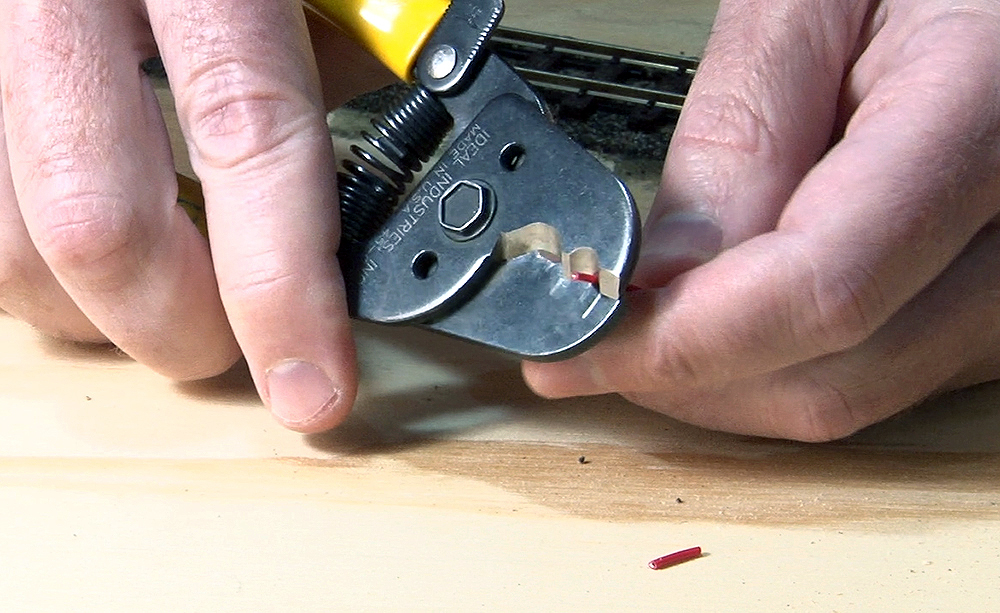
Tools to cut and strip wire when building a model railroad: When wiring a model railroad, an essential tool is a good pair of wire strippers. I use the two examples of wire strippers shown in fig. 1, and both have served me well over the years. While there are other wire-stripping tools available, these […]
Read More…
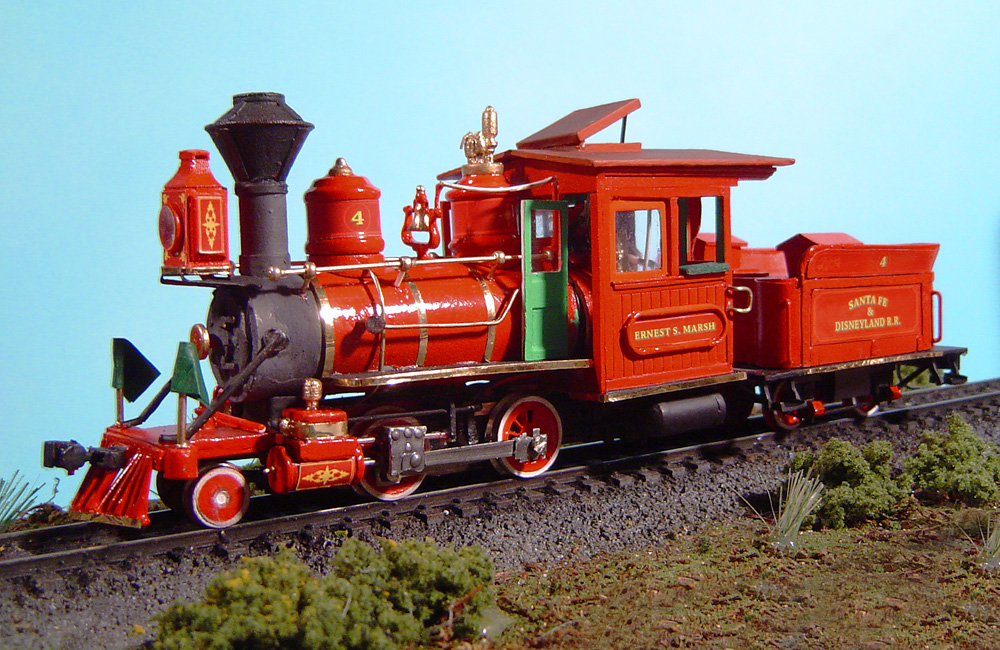
By Sam Towler Disneyland is one of the few places in the world where one is guaranteed to see an operating steam locomotive the day they visit. These trains have been hauling happy guests around the park since 1955. One particular engine, No. 4, the Ernest S. Marsh, has always interested me due to its unique […]
Read More…












